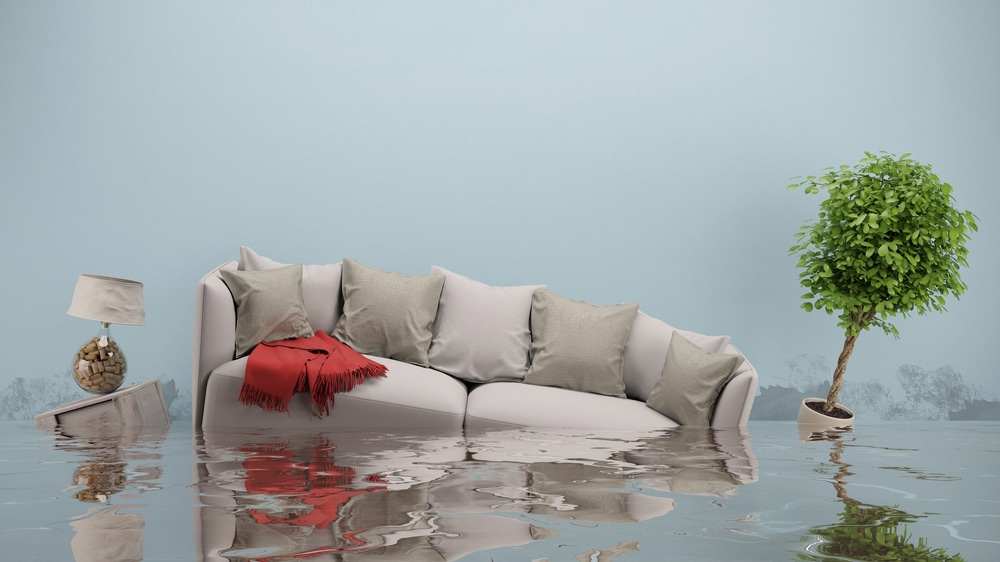
14 Jul. 17
6 Causes of Unseen Water Damage in Your Home
Water damage in your home can be stressful, especially if you can’t spot the source of the mess. How do you know your house is water damaged? Usually, unpleasant odors emanate from stagnating water somewhere in your house. Stains on walls and ceilings are other indicators of water damage.
In extreme cases, visible signs of mold growth indicate excess moisture penetration on walls, floors, and ceilings. On walls affected by water, paint peels off as a result of free water inside the walls. Here are seven possible causes of water damage your home.
1.Leaking Pipes
Plumbing work of your home could be faulty which results to leakage. Usually, the leakage comes from loose pipe joints or broken pipes. The leakage affects walls, under the floor, or anywhere the drainage system passes. By the time the results of water damage are noticeable, extensive damage has occurred and may require water restoration procedures.
2.Blocked Sewer Lines and Drains
Water damage results from broken waste disposal pipes from kitchen sinks, laundry sinks, washing machines or dishwashers. Most of these amenities have their piping done on walls. If the pipe joints are faulty, the leakage occurs on the adjacent walls. To identify the affected areas, check for odors, stains or peeling paint on walls.
3.Heating and Air Conditioning Systems
Some air purifiers, house heaters, and conditioners gather moisture in the cooling ducts. This could, therefore, cause the formation of mold on adjacent walls and ceilings. Such moisture could also facilitate the growth of harmful bacteria leading to diseases.
4.Gutters
As much as gutters are useful in storm water disposal, they can also cause damage. After some time, the channels may be blocked by debris such as leaves. Water then starts to run from the edges of the gutters hitting the walls. Cracks and holes on gutters will also lead to leakage of rain water even during light showers. You can note such damage by dirty water marks on the walls.
5.Flat Roofs
A flat roof should have a slight gradient to allow free flow of rainwater. The issue arises when certain factors affect the slope of the roof. Such factors include deterioration of the rooftop surface or accumulation of debris. These factors distract the free flow of water resulting to stagnant pools on the roof. With time, the water soaks into the ceiling and walls which causes molds and cracks. This damage requires extensive water damage restoration.
6.Basements
Soil surrounds the basement walls which hold up plenty of moisture. Over time, the moisture makes its way into the foundation walls. The moisture levels go up and eventually make it to your floors without noticing any water damage signs. Excess moisture in a house raises the humidity levels and contributes to mold growth.
Water restoration applies to protect the walls, floors and prevent further damage to your building. Recovery also helps to cut down maintenance costs and timely repair of damaged surfaces. It’s important to regularly check around your home to establish the various causes of water damage.

